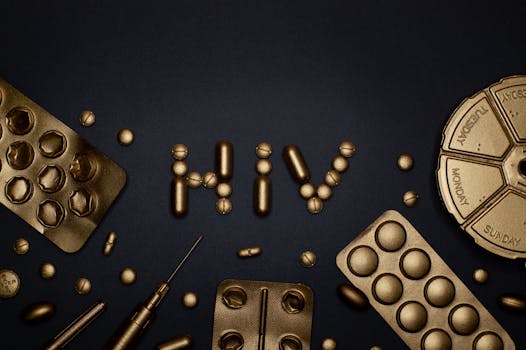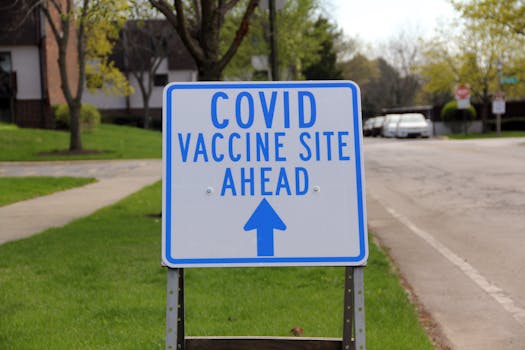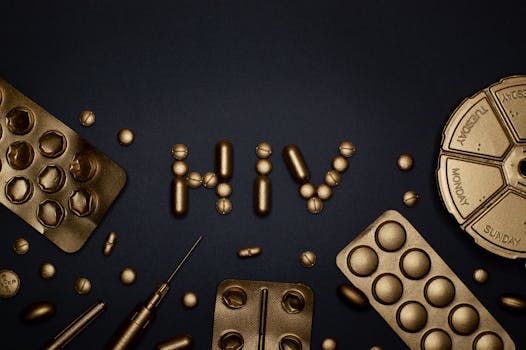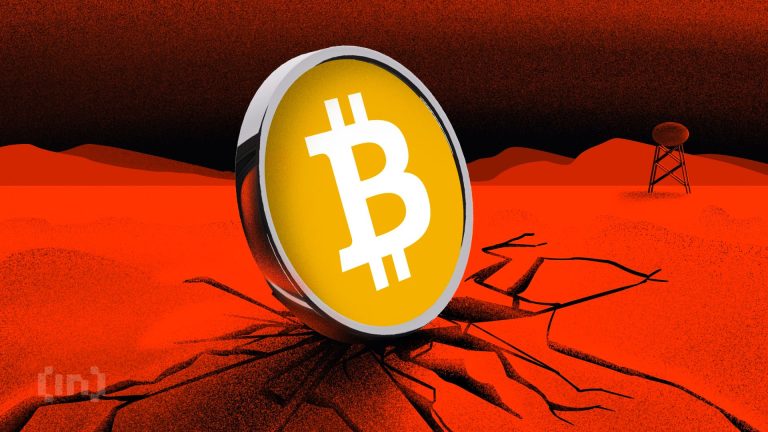
The Science Behind Vaccines and Public Health
Introduction to Vaccines and Public Health

The science behind vaccines and public health is a complex and fascinating field that has saved countless lives. Vaccines have been widely used for over two centuries to protect against infectious diseases, and their impact on public health has been profound. In this article, we will delve into the world of vaccines and explore how they work, their history, and their impact on public health.
How Vaccines Work

Vaccines work by introducing a small, harmless piece of a virus or bacteria to the body, which triggers an immune response. This immune response helps the body to recognize and fight the disease-causing agent, providing protection against future infections. There are several types of vaccines, including inactivated vaccines, live attenuated vaccines, and conjugate vaccines, each with its own unique characteristics and uses.
History of Vaccines

The history of vaccines dates back to the late 18th century, when Edward Jenner developed the first vaccine against smallpox. Since then, vaccines have been developed against a wide range of diseases, including measles, mumps, rubella, polio, and many others. The development of vaccines has been a gradual process, with scientists building on the work of their predecessors to create new and improved vaccines.
Impact of Vaccines on Public Health

The impact of vaccines on public health has been profound. Vaccines have saved countless lives and prevented millions of cases of disease. In addition to protecting individuals against disease, vaccines also help to prevent the spread of disease in communities, which can have a significant impact on public health. The widespread use of vaccines has led to the elimination of many diseases, including smallpox, and has brought us closer to a world where infectious diseases are a thing of the past.
Challenges and Controversies

Despite the many benefits of vaccines, there are also challenges and controversies surrounding their use. Some people are concerned about the safety of vaccines, and there have been instances of vaccine-related adverse events. However, the scientific consensus is clear: vaccines are safe and effective, and the benefits of vaccination far outweigh the risks. Another challenge facing the vaccine community is the rise of anti-vaccine sentiment, which can lead to decreased vaccination rates and increased risk of disease outbreaks.
Conclusion

In conclusion, the science behind vaccines and public health is a complex and fascinating field that has saved countless lives. Vaccines have been widely used for over two centuries to protect against infectious diseases, and their impact on public health has been profound. While there are challenges and controversies surrounding the use of vaccines, the scientific consensus is clear: vaccines are safe and effective, and the benefits of vaccination far outweigh the risks. As we move forward, it is essential that we continue to invest in vaccine research and development, and that we work to address the challenges and controversies surrounding vaccine use.




